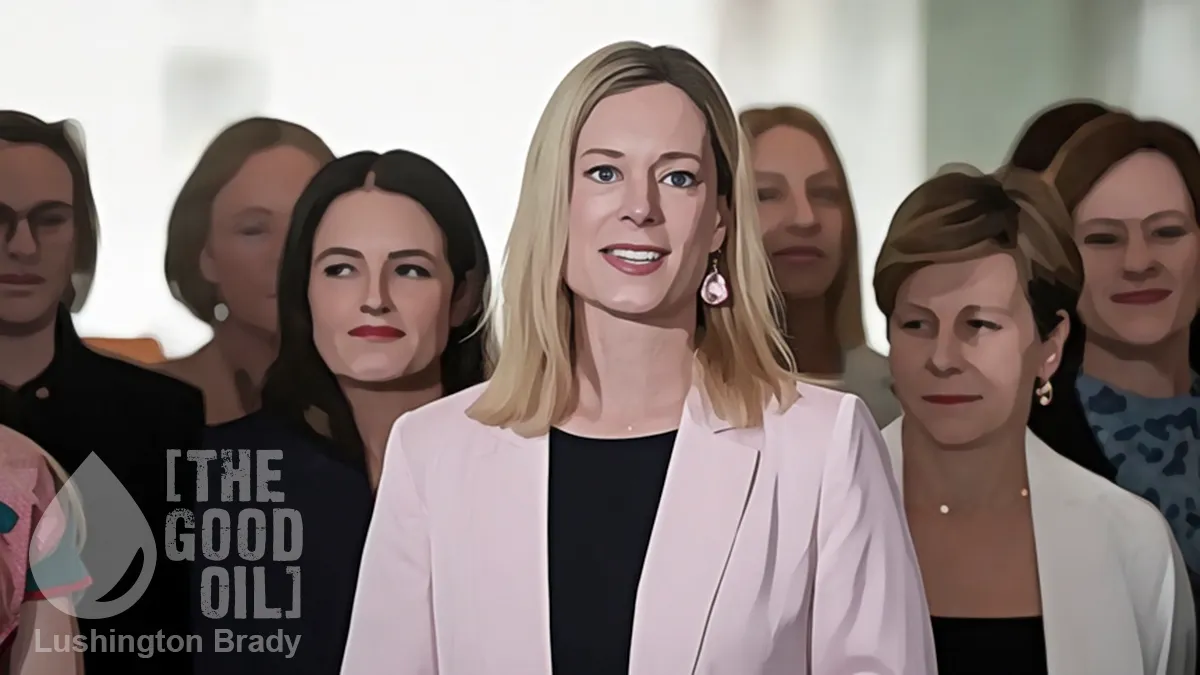Table of Contents
“Green steel” might sound like Derek Zoolander’s contribution to celebrity climate activism, but according to a public policy think-tank, it’s totes the future of the Australian economy.
But, like most green fantasies, it seems to be long on wishful thinking and short on hard detail.
A new report has revealed how a renewable energy-powered “green” steel industry could create tens of thousands of jobs across Australia.
Grattan Institute has released a new report which details how a renewable-based steel industry could provide the answer to the future and replacement of Australia’s coal industry whilst solving the nation’s “climate policy conundrum”.
Except that “detail” is notably lacking in the report. Instead, it’s all benefits and unicorns and rainbows.
Curmudgeonly types might notice a couple of questionable points.
The report states that “a range of clean energy industries could plausibly provide hundreds, or even thousands, of new jobs in Australia”. The report then continues to explain how only a few of the industries are able to “provide tens of thousands of jobs, comparable to the number in [Australia’s] key coal mining regions”, with the exception being green steel.
Far from “plausible”, the claim that “clean energy” industries will provide thousands of new jobs has rarely stood up to the test of reality. Various reports have pointed out that “green” projects cost more jobs than they create, and that “green jobs” are mostly low-skilled and low-paid.
“Green steel” is predicated on using hydrogen rather coking coal to strip oxygen out of the iron ore. Which raises a few teensy problems that the report avoids, such as, just how are they going to get the hydrogen?
An abundance of solar and wind resources, in addition to its lower-cost green hydrogen, enables Australia to be in a better place to produce green steel rather than places such as Japan or Indonesia.
This is, not to put too fine a point on it, baloney. Solar and wind, even with years of government-subsidised development, still account for less than five percent of Australia’s primary energy consumption. Wind farms struggle to keep domestic lights on, let alone supplying the vastly heavier demands of industry.
Hydrogen doesn’t just come from nowhere, of course. It requires energy to produce. Without fanciful assumptions such carbon capture and sequestration, the carbon footprint of hydrogen production exceeds that of coal-fired electricity.
Then there’s the trade-off of those 100,000 carbon workers’ jobs. If the experience of other countries holds true, less than half of those would be replaced by “green” jobs.
If you enjoyed this BFD article please consider sharing it with your friends.









